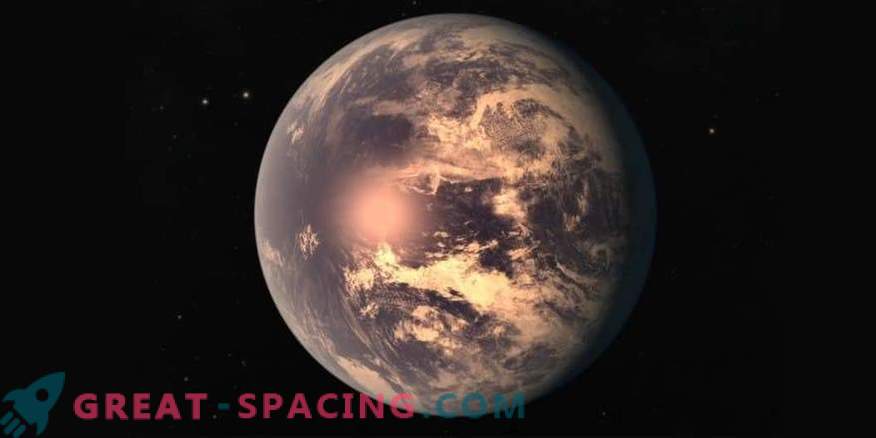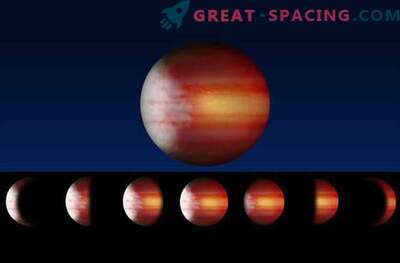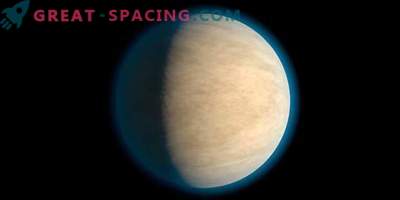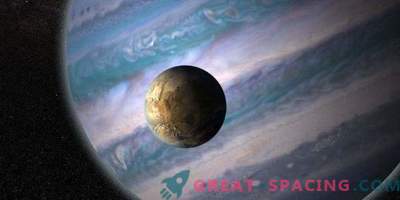
Researchers have a list of 44 potentially inhabited exoplanets, so I want to know if there are living organisms on their surface. Unfortunately, technologically, we are still confronted with restrictions that do not allow us to see what the planets look like. Are these worlds filled with life or are we before radioactive deserts?
Australian researchers want to find answers, so they developed a new optical chip that allows powerful telescopes for the first time to get clear images of alien worlds. The planet receives the label "suitable for life" if it is in the habitable zone (capable of having liquid water on the surface).

Artistic representation of TRAPPIST-1 e - potentially habitable exoplanets
We do not yet have a clear way to determine the presence of water on the planet, the atmosphere and climate conducive to the development of life. But the best option is to get the most detailed photograph of the planet's surface. However, not all so simple. Usually, foreign stars flare up with a large proportion of brightness, which hinders the view and does not allow a clear representation of the exoplanet. Researchers at Australian National University report that their new chip effectively eliminates starlight in a telescope survey. And now we can get clear pictures of foreign worlds.

Exoplanet KOI-3010.01 is considered habitable with a probability of 84%
The chip is a complex interferometer that adds equal but opposite light waves from the host star. It helps to suppress starlight and view the weaker light of the planet.
Researchers say that the chip allows the telescope to see through dust clouds in star systems and detect planets in the process of their formation. The idea is to develop technology so that one day it can be used to assess the habitability of other worlds by observing the atmosphere (the presence of ozone, etc.), water, and other factors.


































